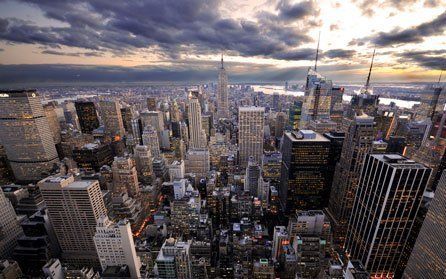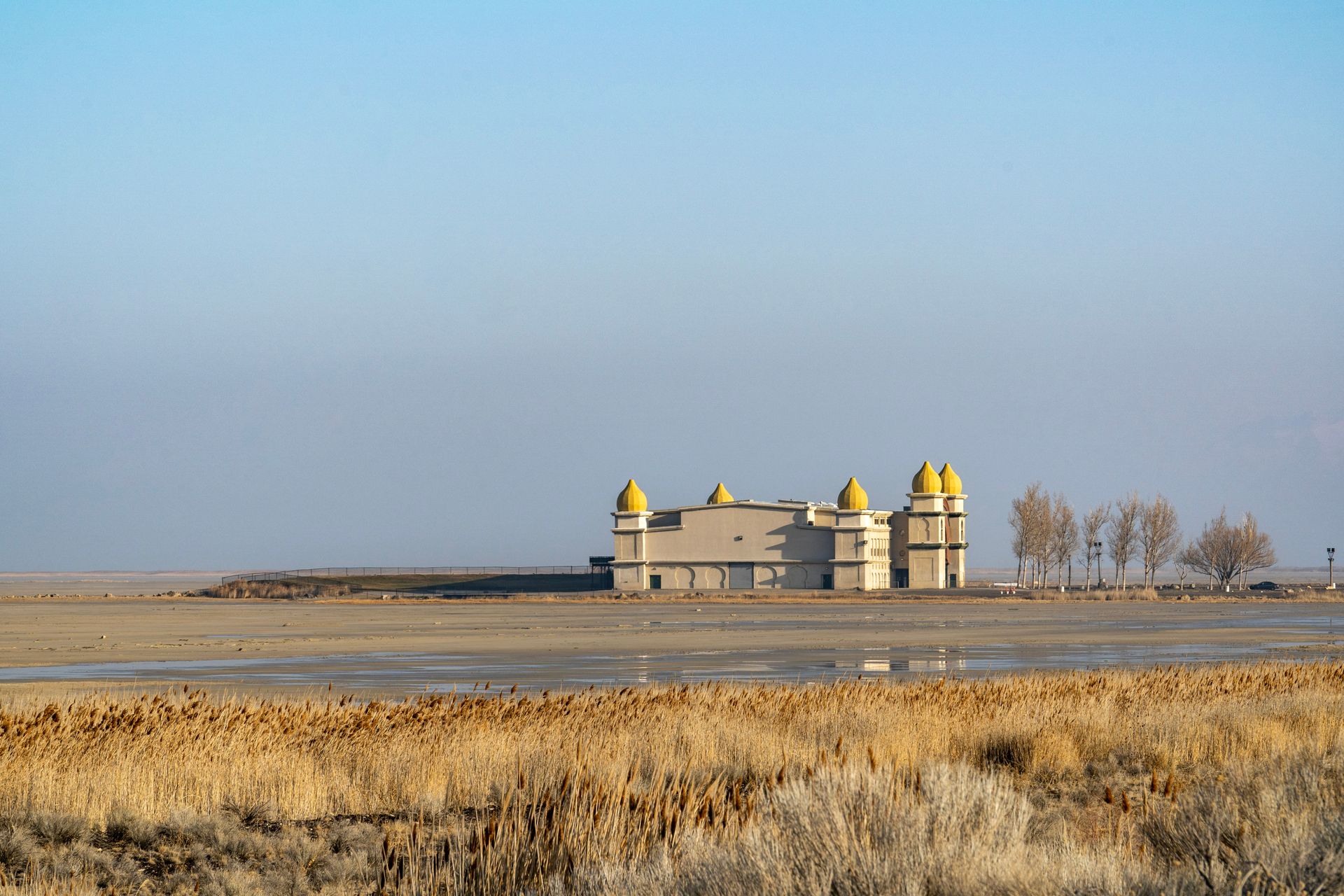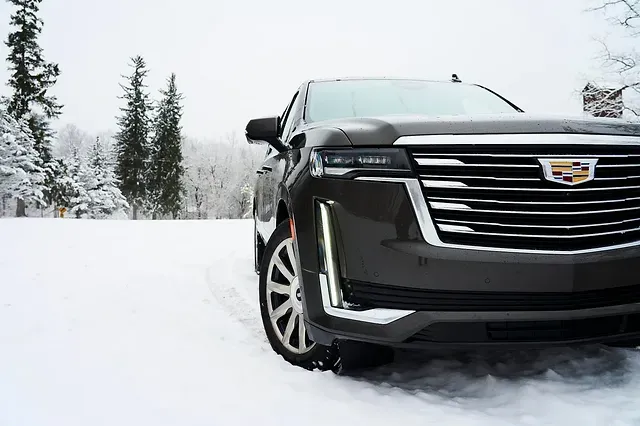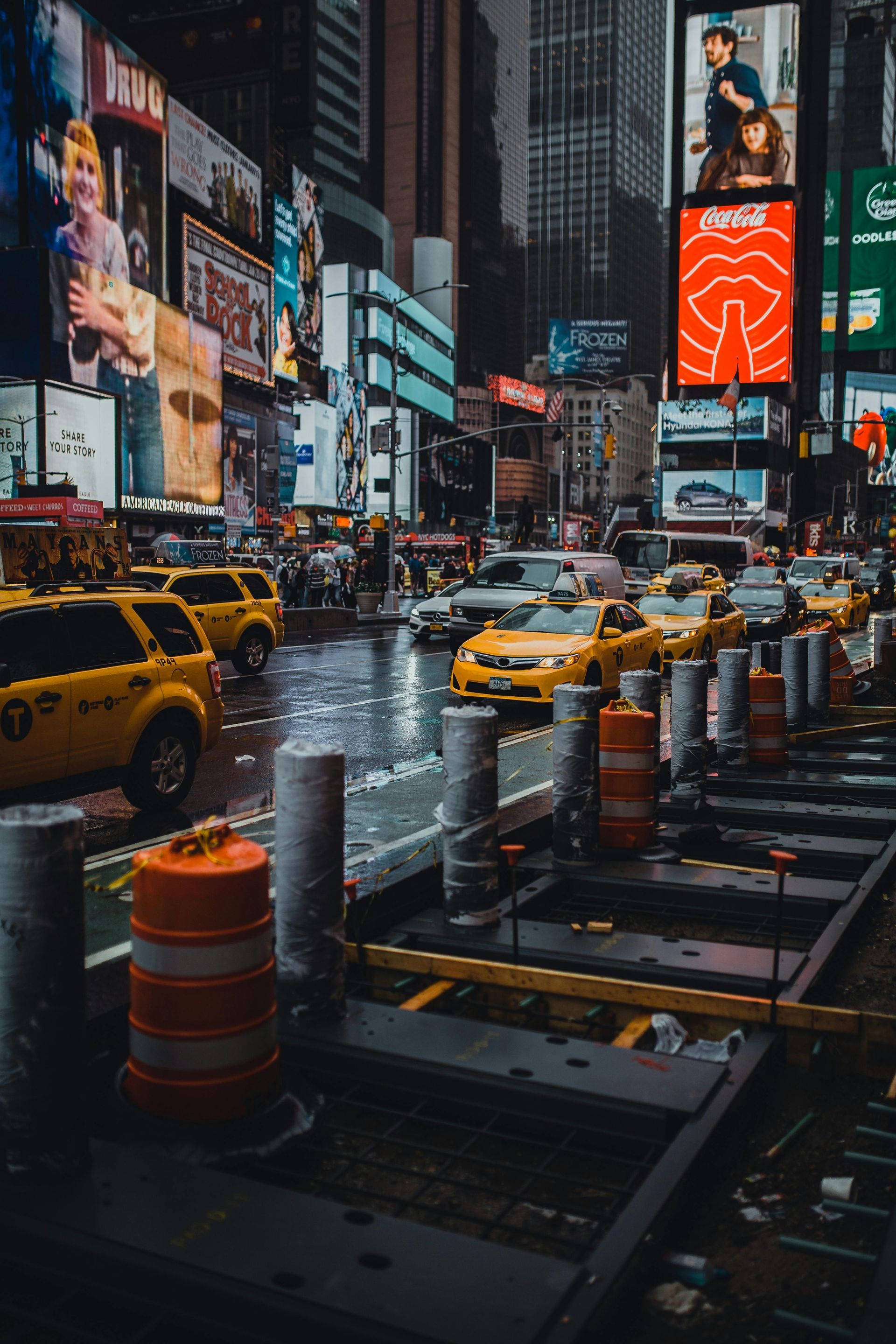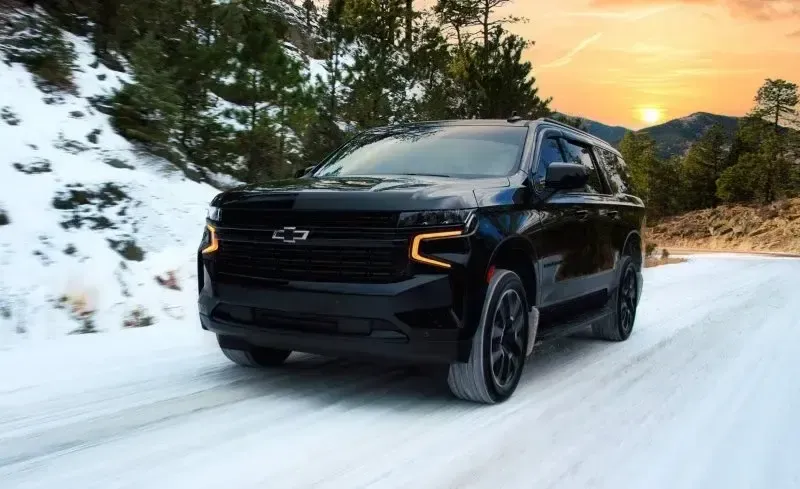Saltair Then and Now
The history of Satlair and what is there now
A majestic pavilion standing tall along the Great Salt Lake, the Saltair Resort has not only captivated the imagination of people for over a century but also continues to be a popular attraction among locals and tourists alike. Delve into the enchanting history of this bewitching resort and unravel stunning revelations about the Great Saltair.
Saltair I: The Beginnings of a Wonderland
The first version of Saltair, dubbed Saltair I, opened its doors to the public in 1893. A creation by the Salt Lake & Los Angeles Railway and the LDS church, this lakefront entertainment destination was designed meticulously to offer facilities such as dining, an amusement park, and dancing[^1^]. A short-lived attraction, Saltair I succumbed to a fire in 1925, leaving the pavilion in ashes but not the spirit of the resort.
Saltair II: Rising from the Ashes
With undeterred ingenuity, Saltair II took shape in 1926[^2^]. While the revamped resort retained much of the original architectural charm, it also provided additional facilities such as an Olympic-size swimming pool, an open-air dance floor, and a striking promenade. However, the fates had other plans. Erosion, silting, and the Great Depression, coupled with the rising water levels of the Great Salt Lake, resulted in the eventual closure of Saltair II in the 1950s.
Saltair III: A Tale of Revival
Unwilling to give up, the Great Saltair was once again resurrected and Saltair III re-emerged in its place, opening its doors in 1981. With its opulent, Moorish-styled architecture, Saltair III has since hosted numerous concerts and entertainment events, becoming a popular venue for local and international artists.
Things to Do at Saltair
As Saltair has transformed over the years, it has added an array of exciting activities and events to its repertoire. Among these are:
- Concerts: Saltair has a rich history of hosting marvelous concerts, with bands like Nirvana and The Lumineers performing here.
- Family fun: A perfect destination for a wholesome family outing, you can enjoy water sports, picnicking, and leisurely strolls along the shorelines.
- Photography: Saltair offers endless photo opportunities with its striking architecture, salt flats, and event gatherings.
What is Nearby
The Great Saltair is surrounded by several other popular attractions that you can include in your visit:
- Bonneville Salt Flats: Experience a horizon that stretches for miles and take a detour to this iconic destination for exhilarating speed trials.
- Antelope Island State Park: Get up close and personal with the local wildlife including bison, antelope, and various bird species on this mesmerizing island.
- Spiral Jetty: Discover Earth's artistic masterpiece created by Robert Smithson, a truly unique and mystical place to visit.
As one of Utah’s most iconic attractions, the Saltair Resort has stood tall as a landmark for over a century. With its ever-evolving architecture and activities, it continues to be an enchanting destination that captures the hearts of locals and tourists alike. Whether you are looking for exciting concerts or family fun time near the Great Salt Lake, The Saltair resort offers something special for everyone! So why wait? Plan your trip today and experience this captivating wonderland yourself!



